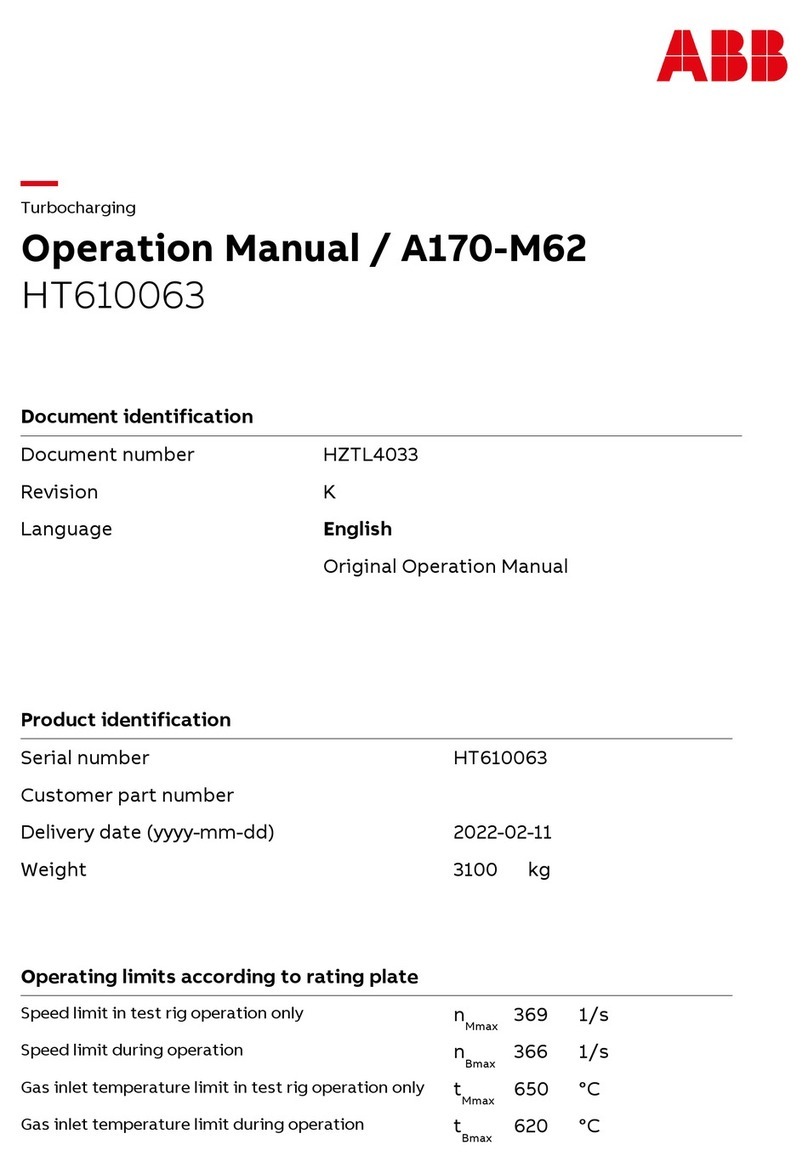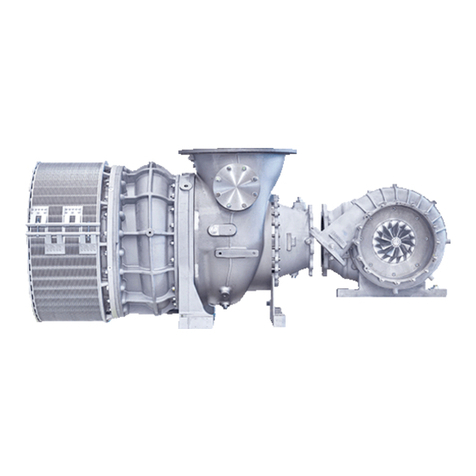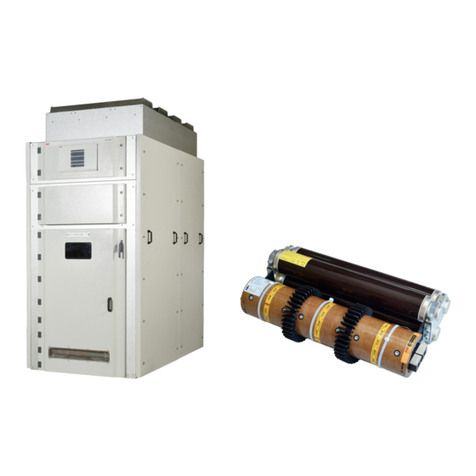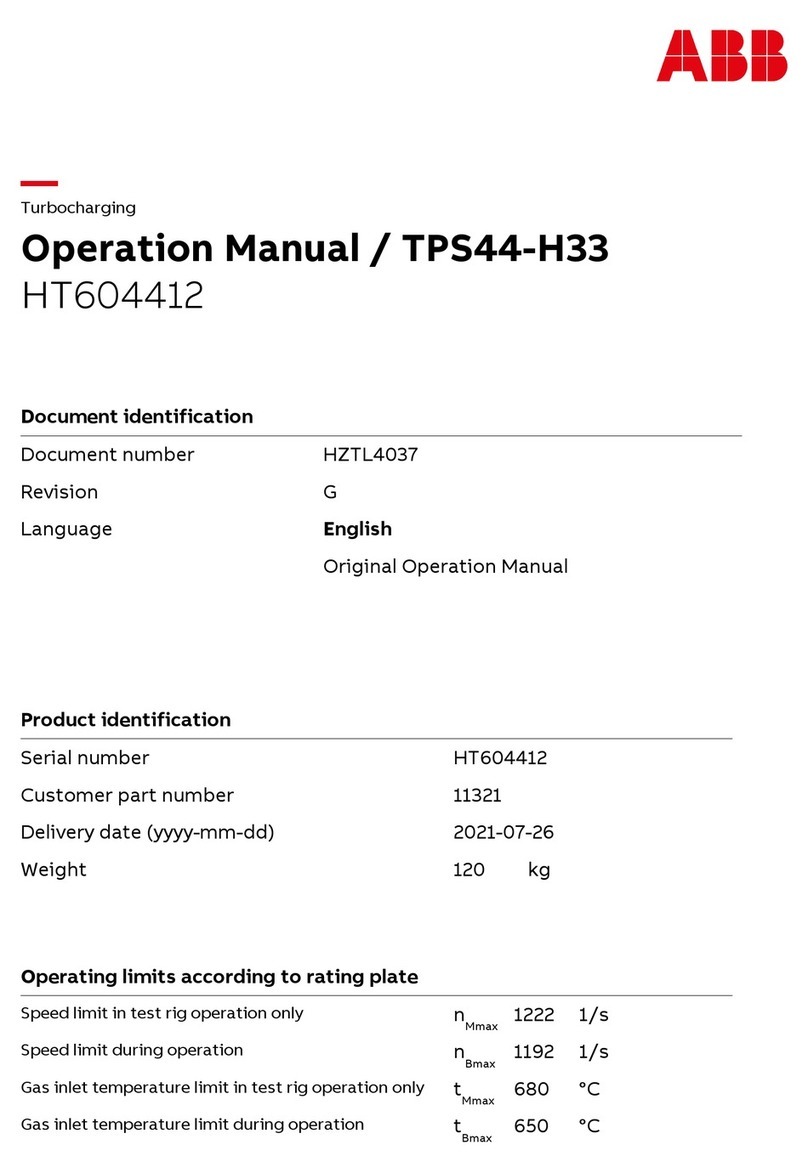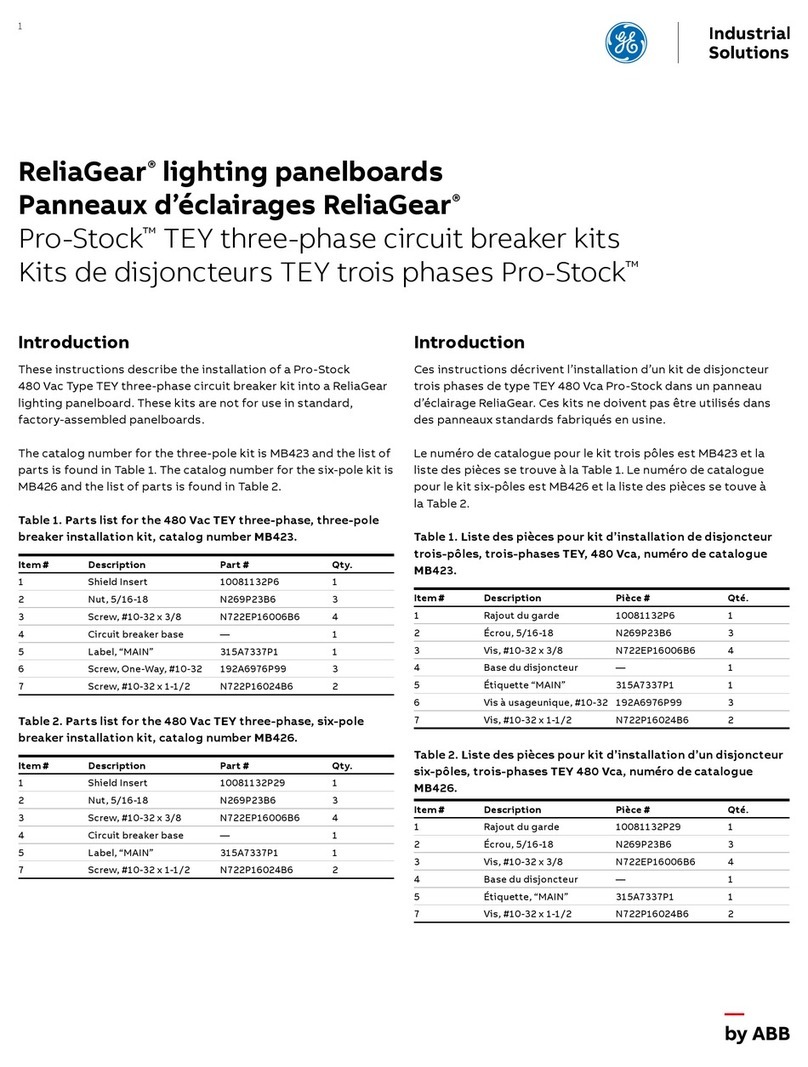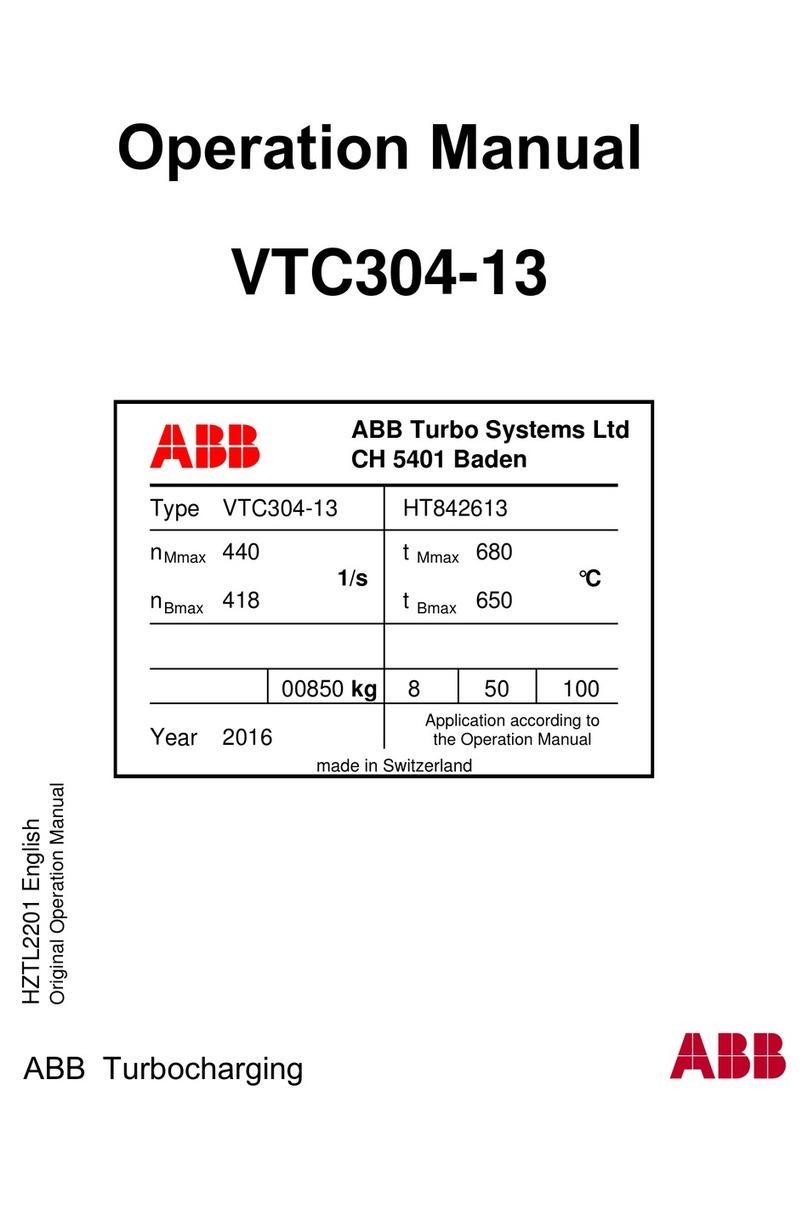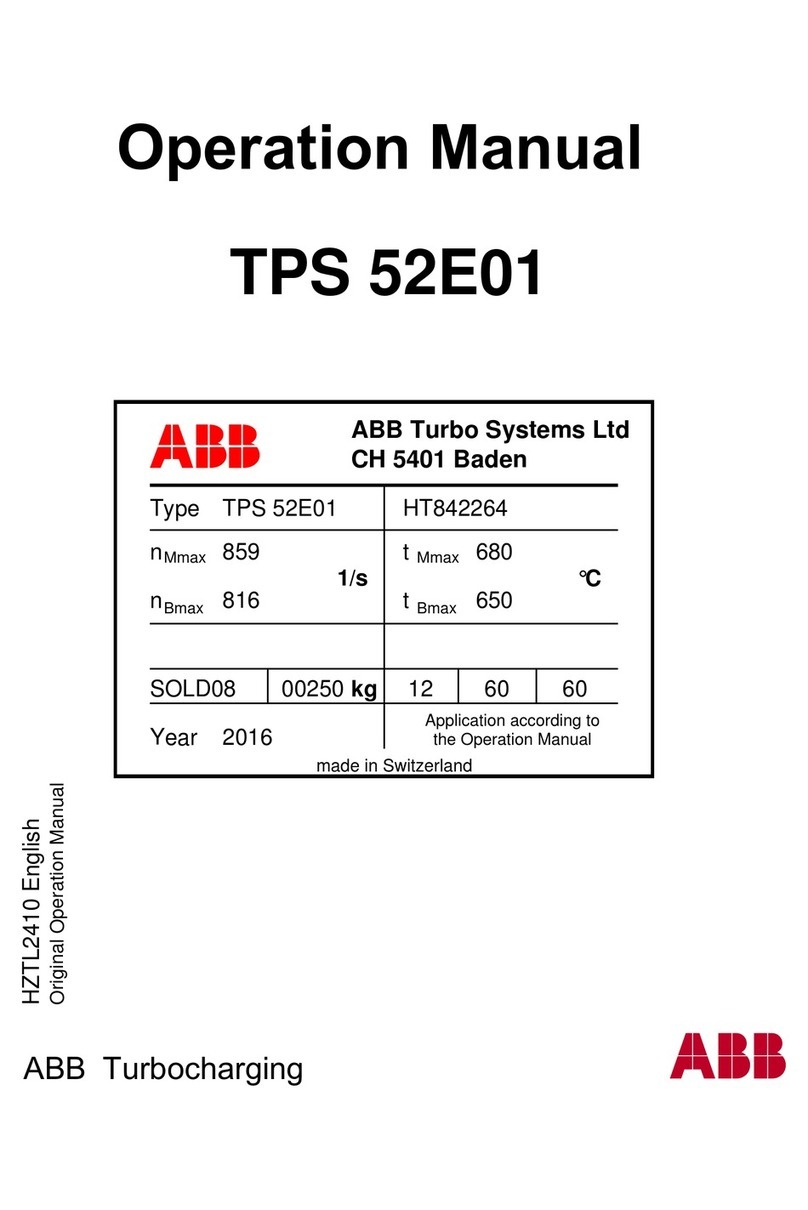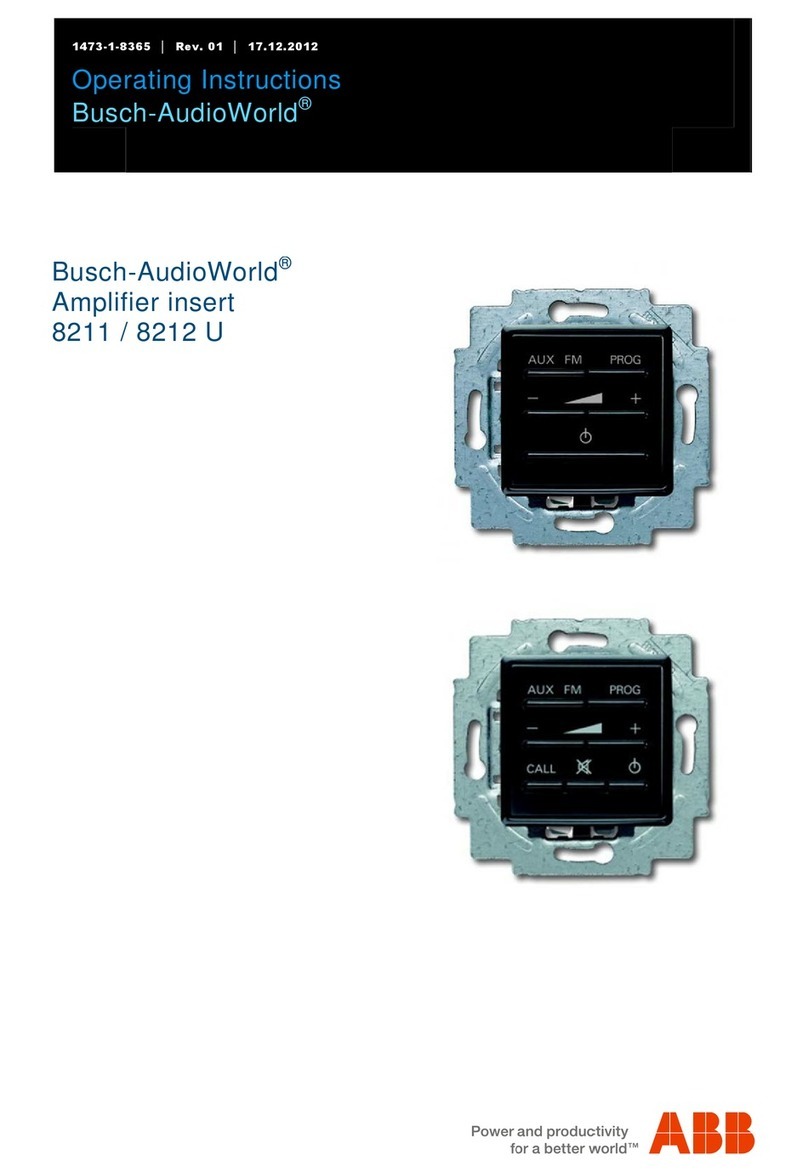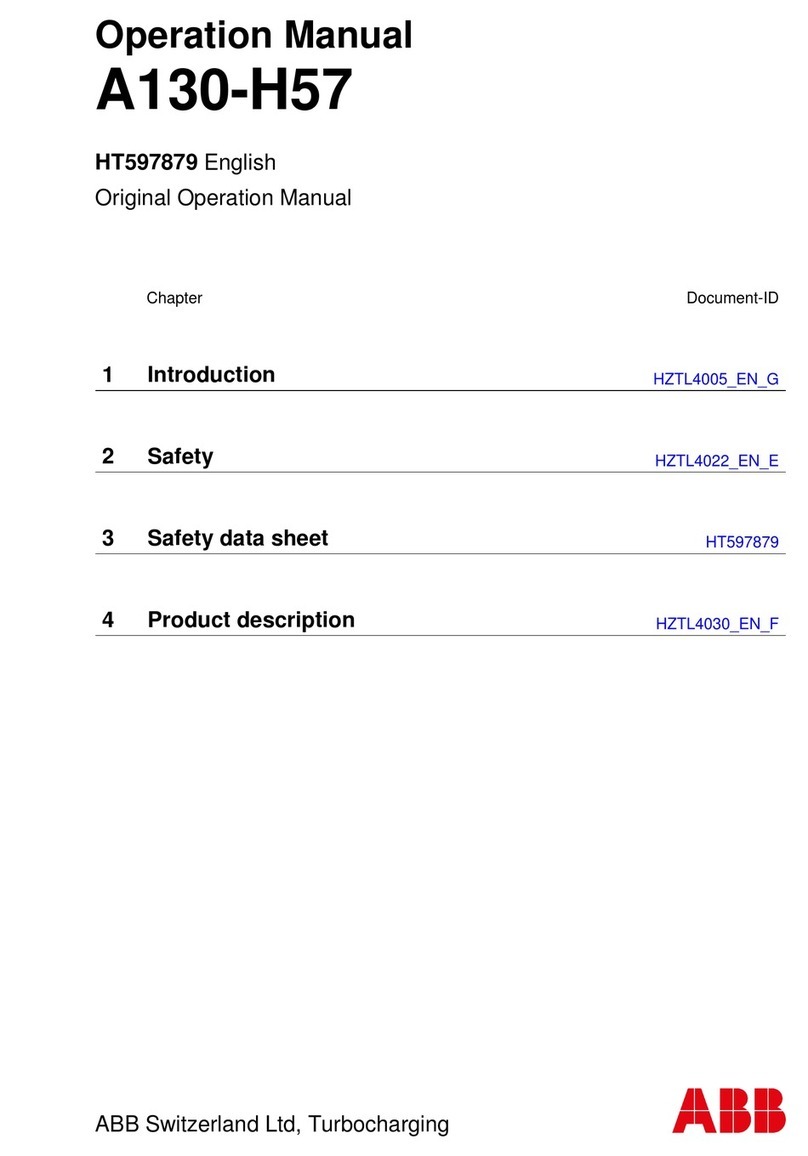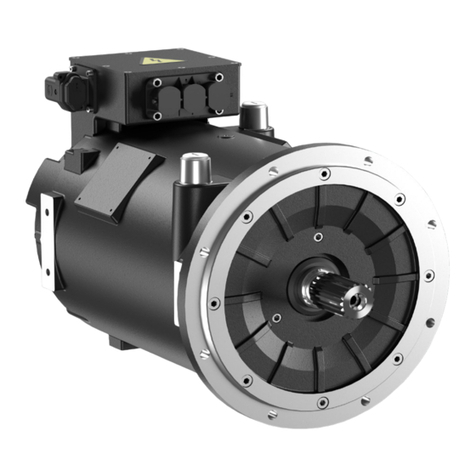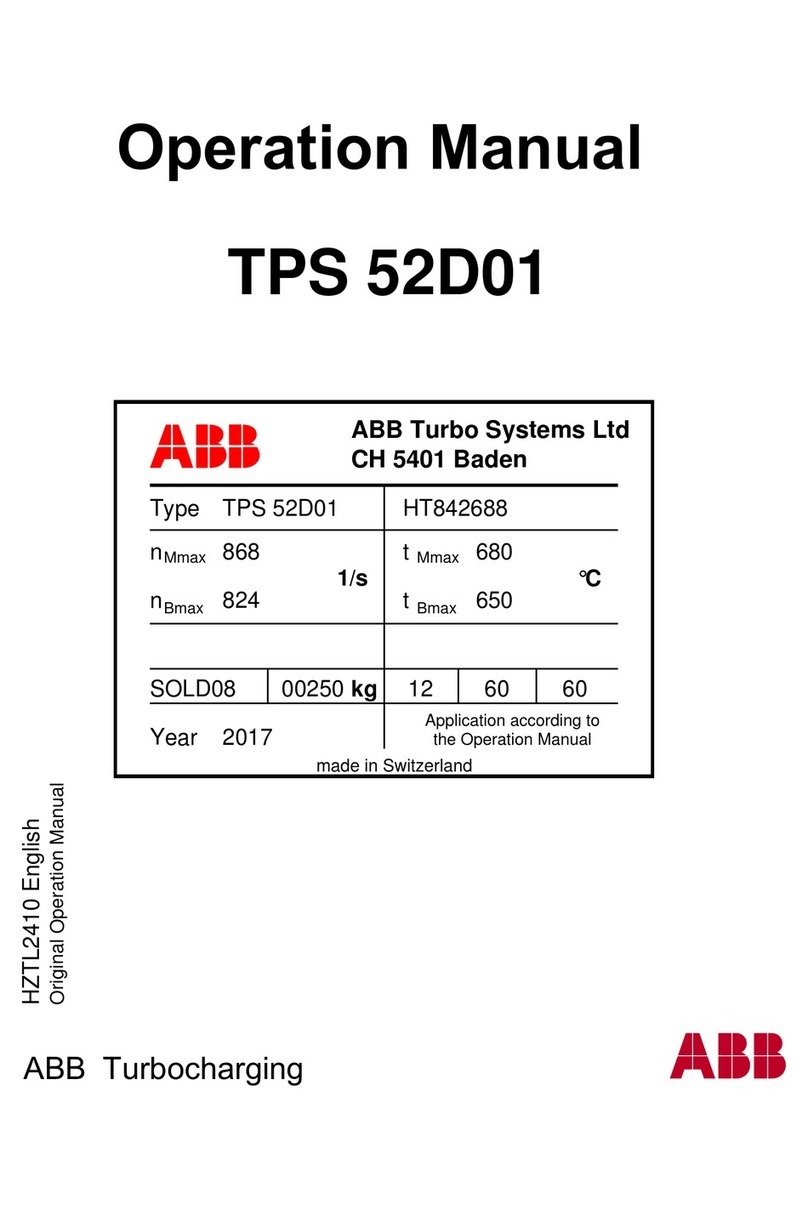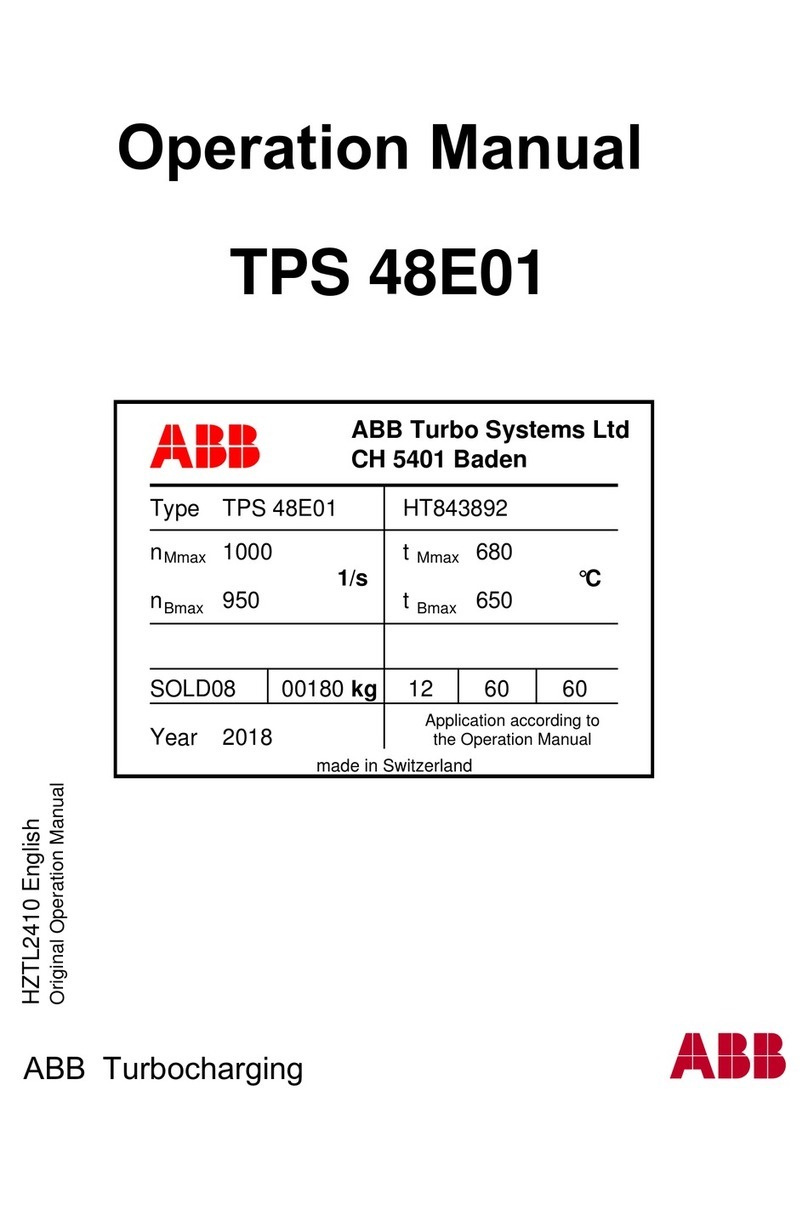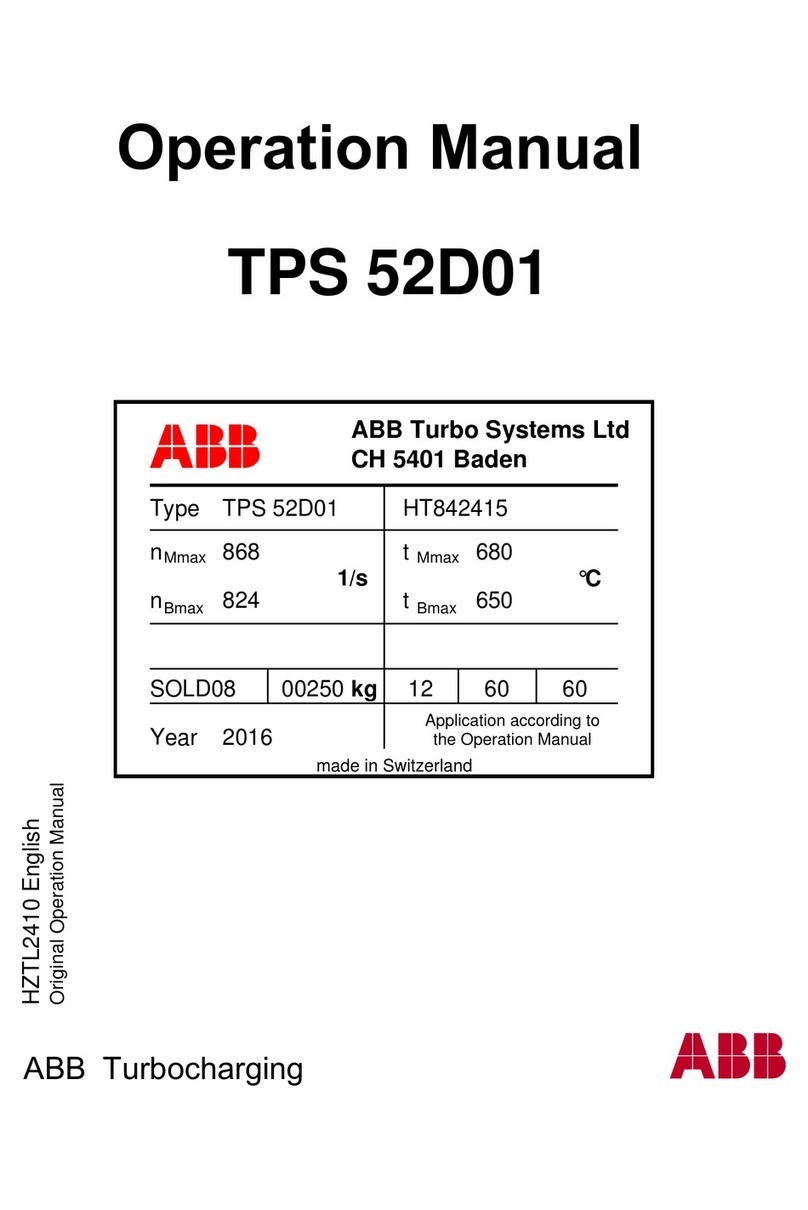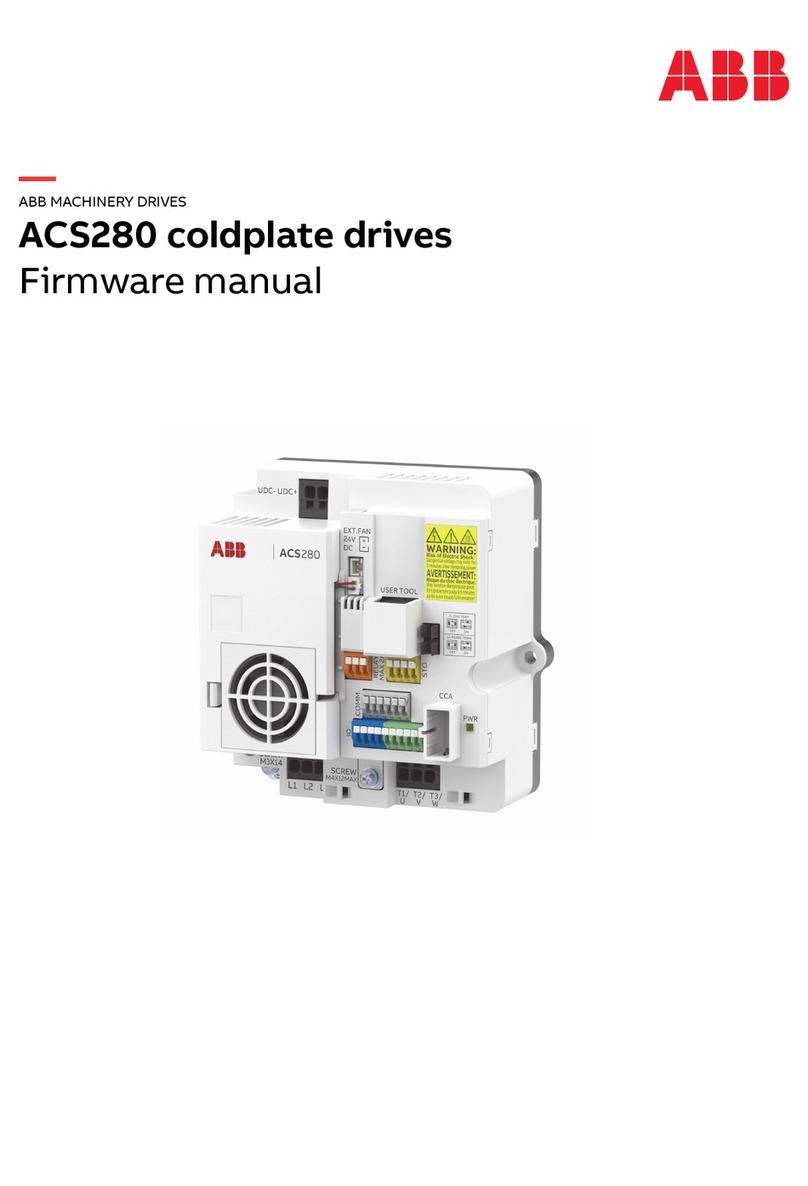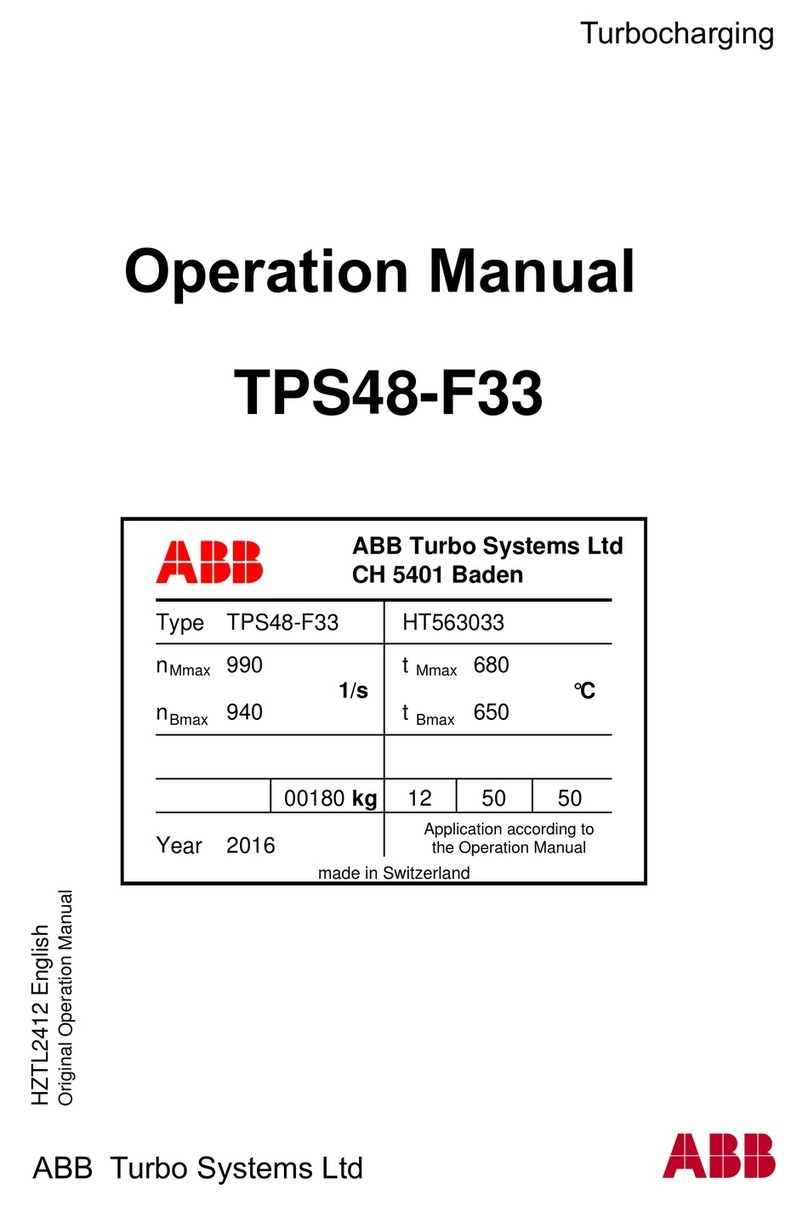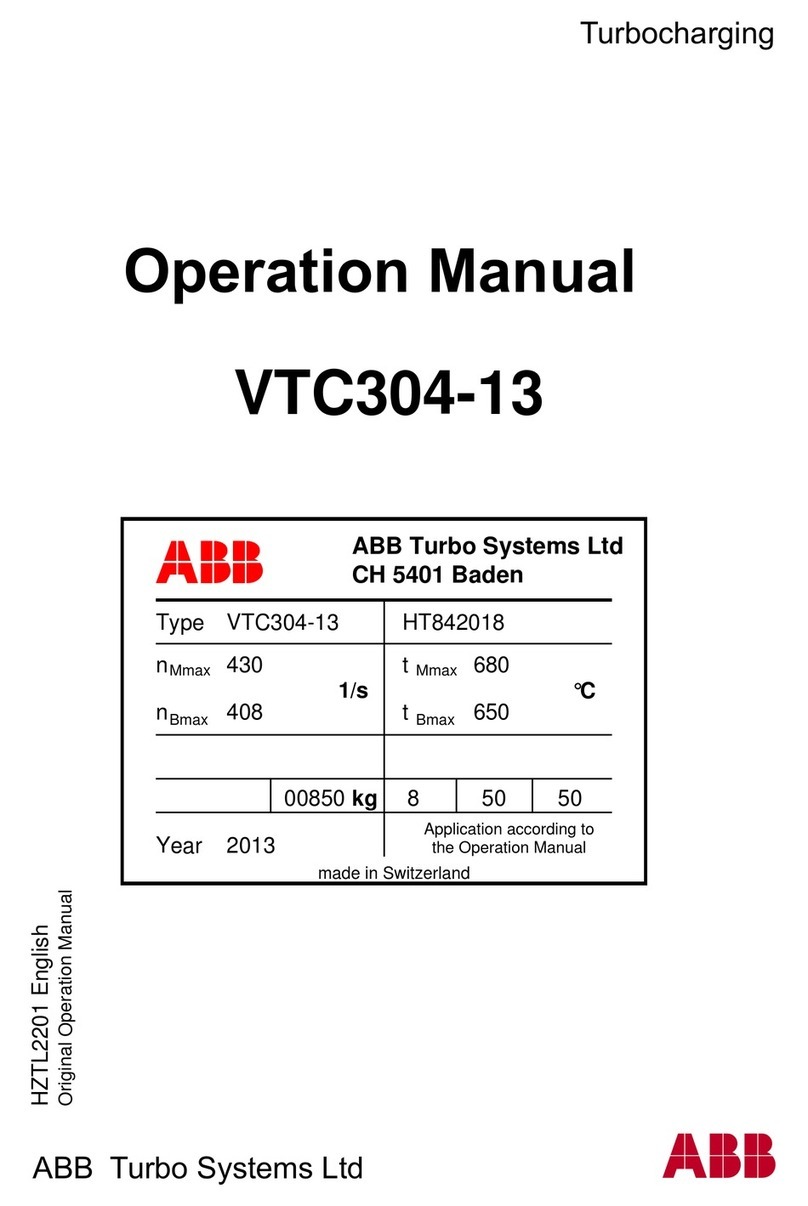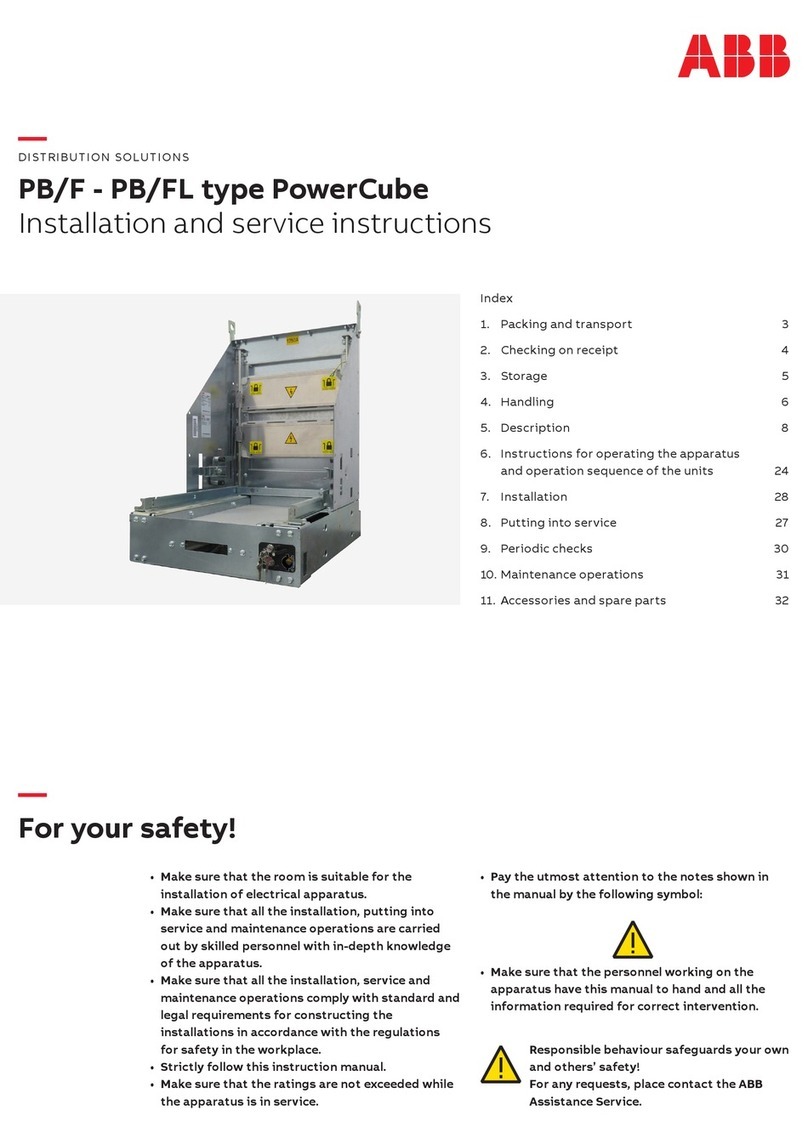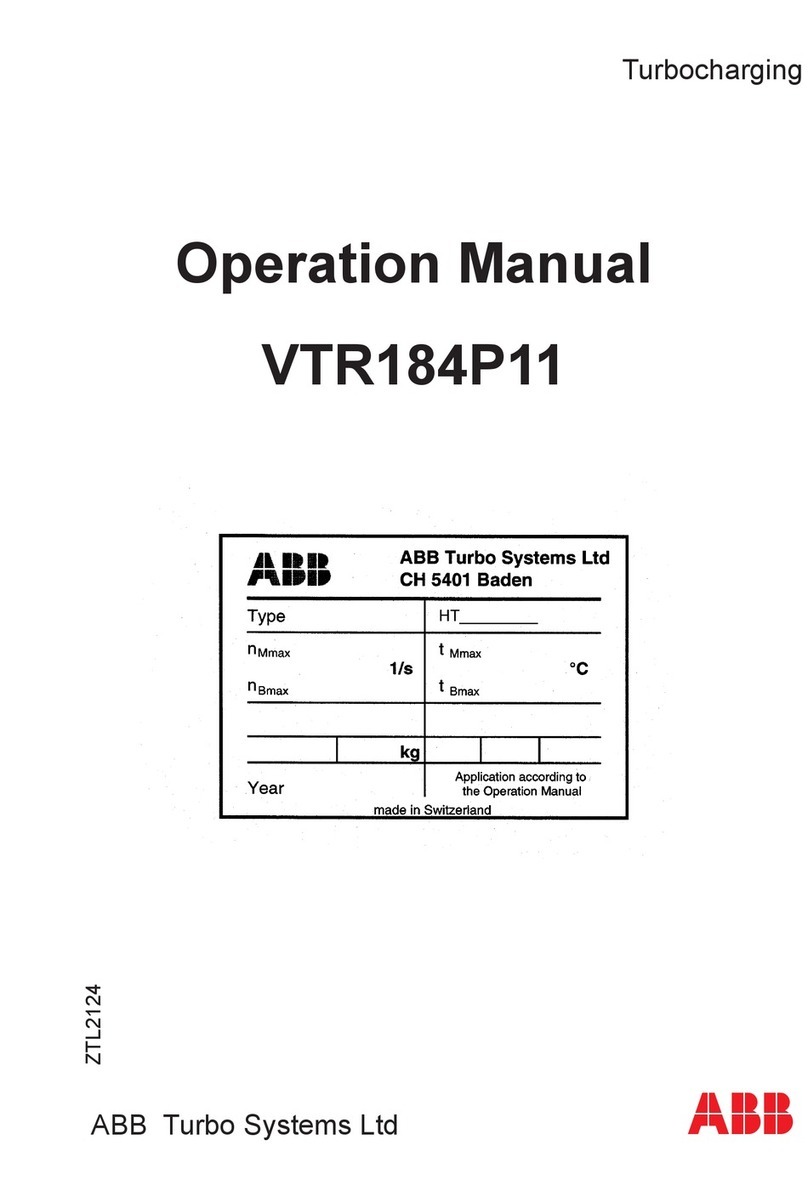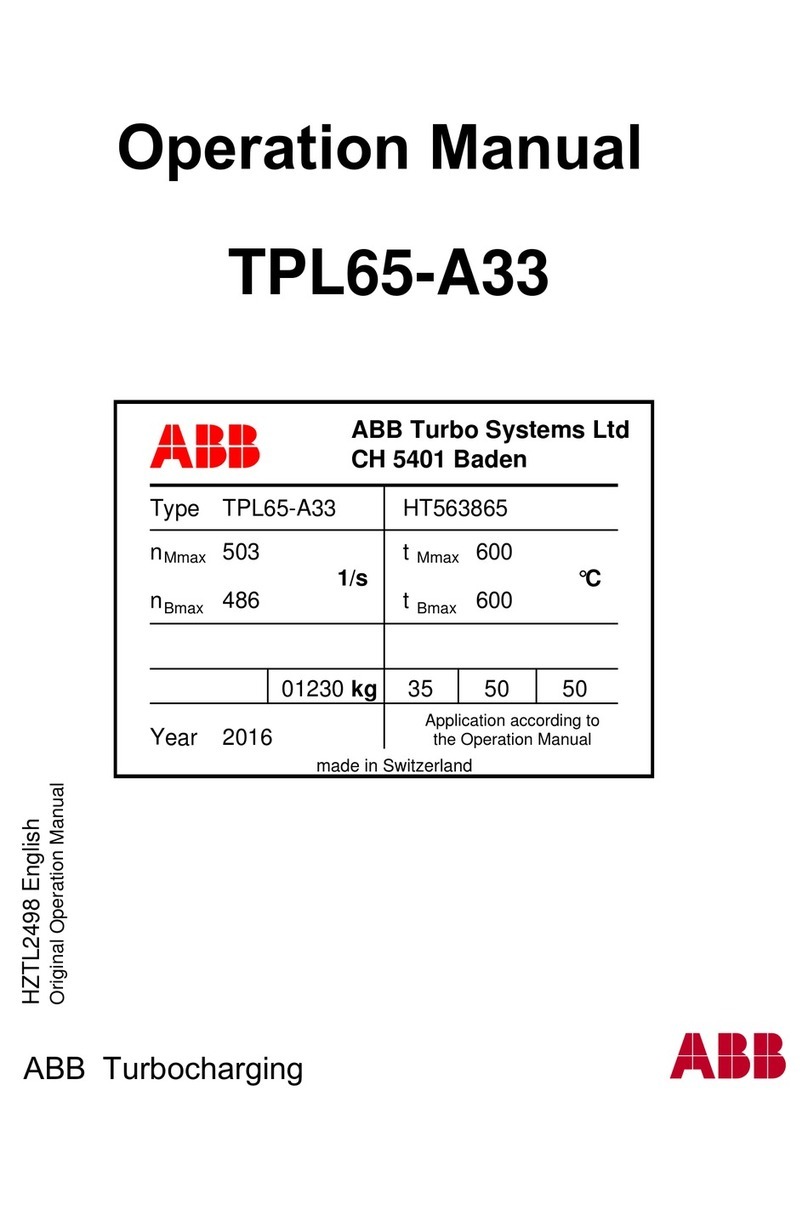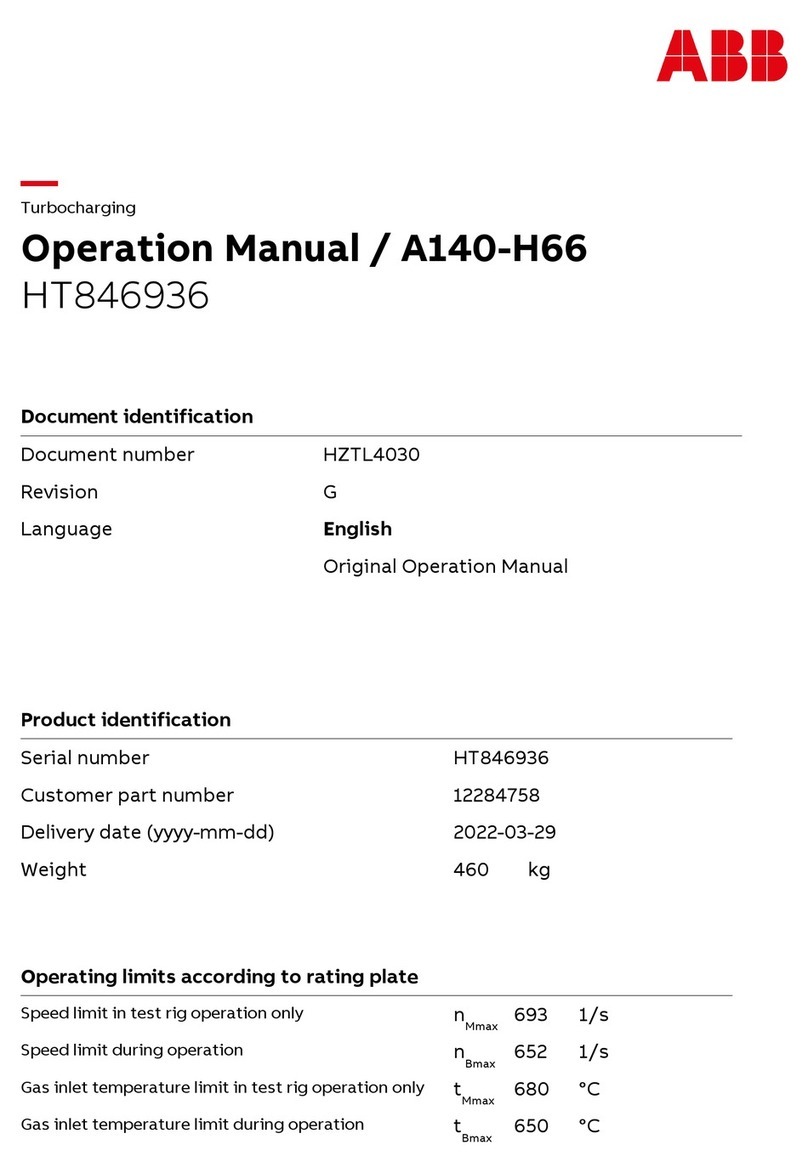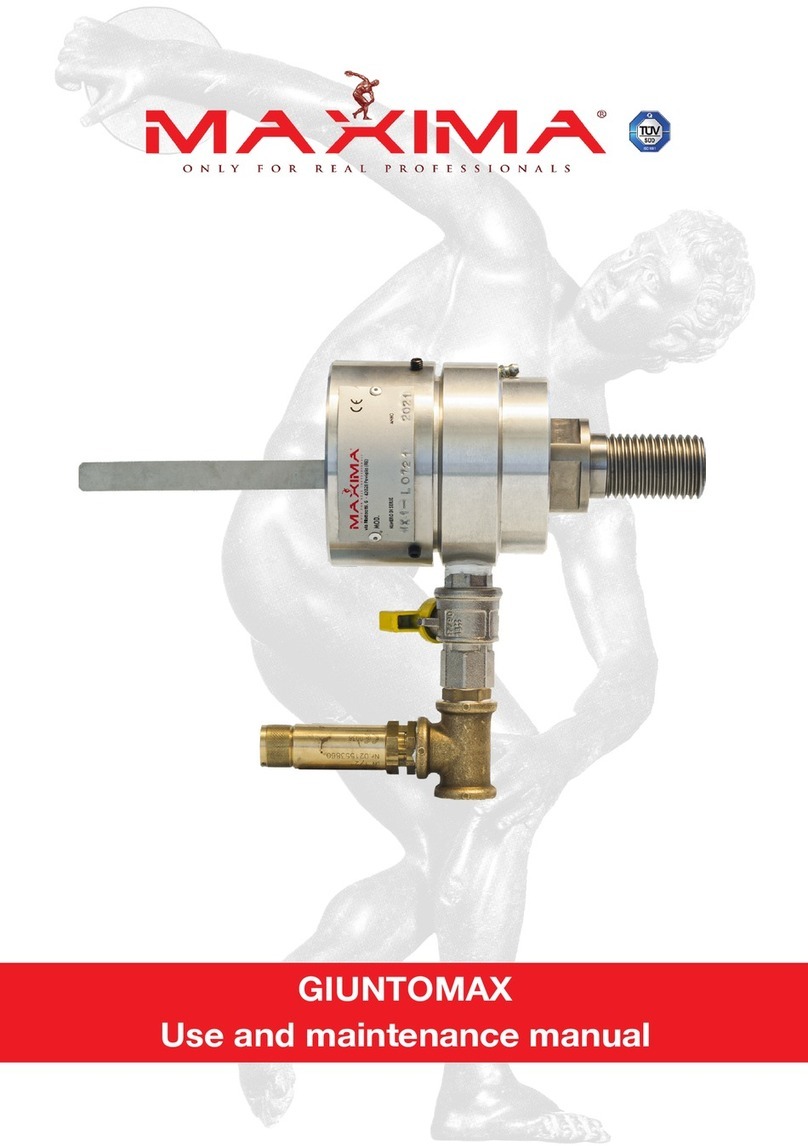
8SAFERING XT/SAFEPLUS XT
STEP 6 - Protect against adjacent live
parts and take special precautions when
close to bare conductors
Determine minimum approach distances, apply screening,
and when applicable, padlock both cable and buss bar
shutters, utilize proper insulated gloves and tools for
inadvertent contact potential.
STEP 7 - Complete the permit to work and
“Walk the Permit”
• Check isolation points.
• Ensure all circuits are isolated and secured.
Ensure all parties are integrated with the
Lockout/Tagout.
• Check the earths are properly applied.
• Answer specific questions from the work group.
• Ensure work can proceed without danger.
• Sign the PTW.
1.5 Required Certifications
Training levels
For installations and repairs it is required that the person to
execute the work shall have attended the necessary
training level, see bullets below. Person(s) that have
attended and are certified, are registered in the PCS2
(People Certification System) tool.
Level 1 (L1)
• Basic (Site Operators) for external customers.
• Introductory training for equipment operators.
Level 2 (L2)
• Basic (Equipment Maintainers and Site Operators) for
external customers.
• Advanced training for equipment maintainers and site
operators.
Level 3 (L3)
• Expert for ABB ELDS technicians, engineers, and
approved channel partners
• Certification to perform installation and commissioning,
maintenance and repairs, extension, upgrade and
retrofit, end of life services and replacements at site.
1.6 Disclaimer
When carrying out the installation work, you and your
company agree(s) that the installation is performed solely
at your own risk and that ABB shall not be liable for any
damage or loss of any kind, arising by law or otherwise,
including but not limited to loss of production, business
interruption, loss of profit, loss of revenue, loss of
agreements, loss of goodwill, costs resulting from
non-operation, increased expense of operation or
maintenance, property damage, loss of lives, personal injury,
any and all direct or indirect loss, consequential loss
or damage, resulting from the installation work and/or the
guidance provided by the installation instruction.
Discretion must be exercised when using the installation
instructions.
You and your company agree(s) to indemnify and hold ABB
harmless from and against any and all liabilities,
damages, losses, claims and actions from third parties in
respect of damage to, loss or destruction of property or
to personal injury and death or other claims arising from or
relating to the installation and/or the guidance
provided by the installation instructions.
If any doubt of how to perform the installation, please
search for the relevant training course from ABB.
